Alsace - Land of remembrance (FR)
FORTE CULTURA travel recommendation
Alsace
As a result of its history and the vicissitudes of war, Alsace carries with it the weight of those tragic times, but also of reconciliation and the building of lasting peace, fertile ground for unity and the headquarters of the European institutions.
Numerous memorials offer a journey through time, exceptional fortifications maintained by dedicated volunteers to share this rich and turbulent history, from the fortifications of Vauban to the Franco-Prussian War of 1870 and the First and Second World Wars. High up in the mountains of the Vosges near the ridge line or along the Rhine with the Maginot Line, these are all sentinels and witnesses of the border conflicts that today offer themselves for discovery, understanding and passing on our history to the younger generations.
Our FORTE CULTURA travel recommendation
Route of military history and remembrance in Alsace
Developed by FORTE CULTURE Partner Alsace Destination Tourisme (ADT).
Wenn du dies siehst, nachdem deine Seite vollständig geladen wurde, fehlen leafletJS-Dateien.
1 Fort Vauban
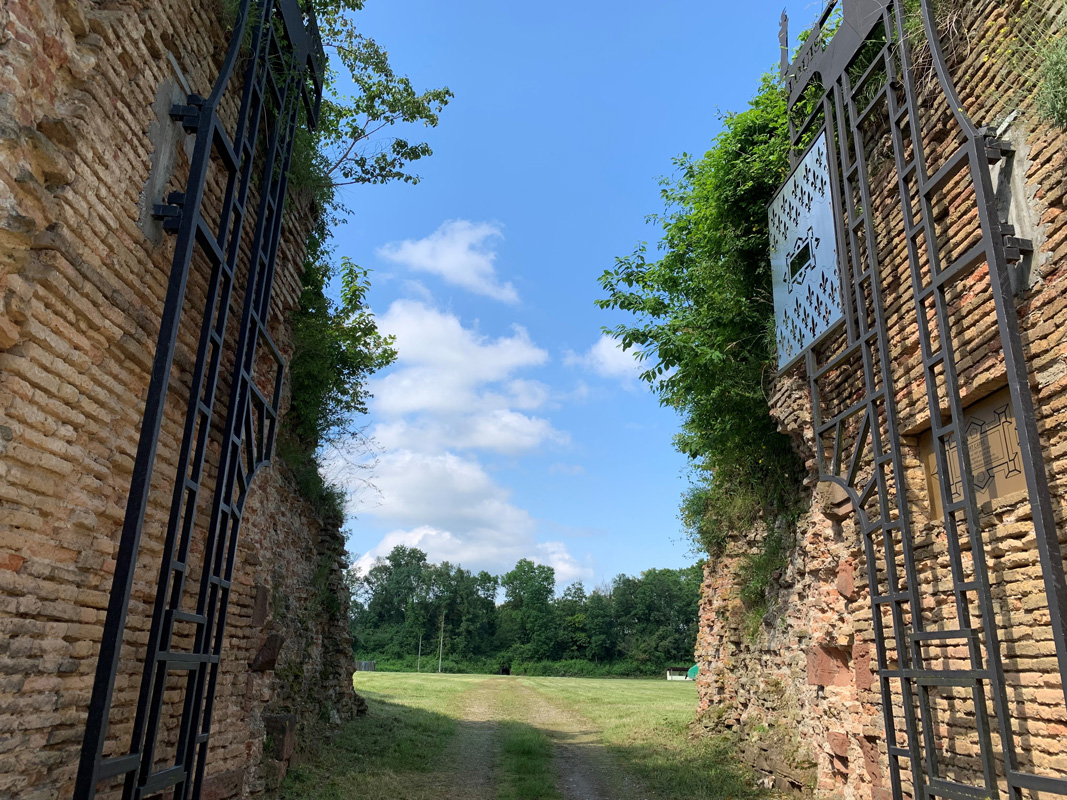
Fort Louis was a fortified town built in 1688 on the orders of King Louis XIV of France by his master fortress builder Vauban. It consisted of the main fortress and two forts in front of it as bridgeheads on the opposite banks of the Rhine. Fort Louis was destroyed during the wars of 1793 and 1815-18 and was never rebuilt.
67480 Fort Louis
www.fort-louis.fr
(Image ©C. Million-Hunckler - ADT)
2 Ideal fortified town of Vauban
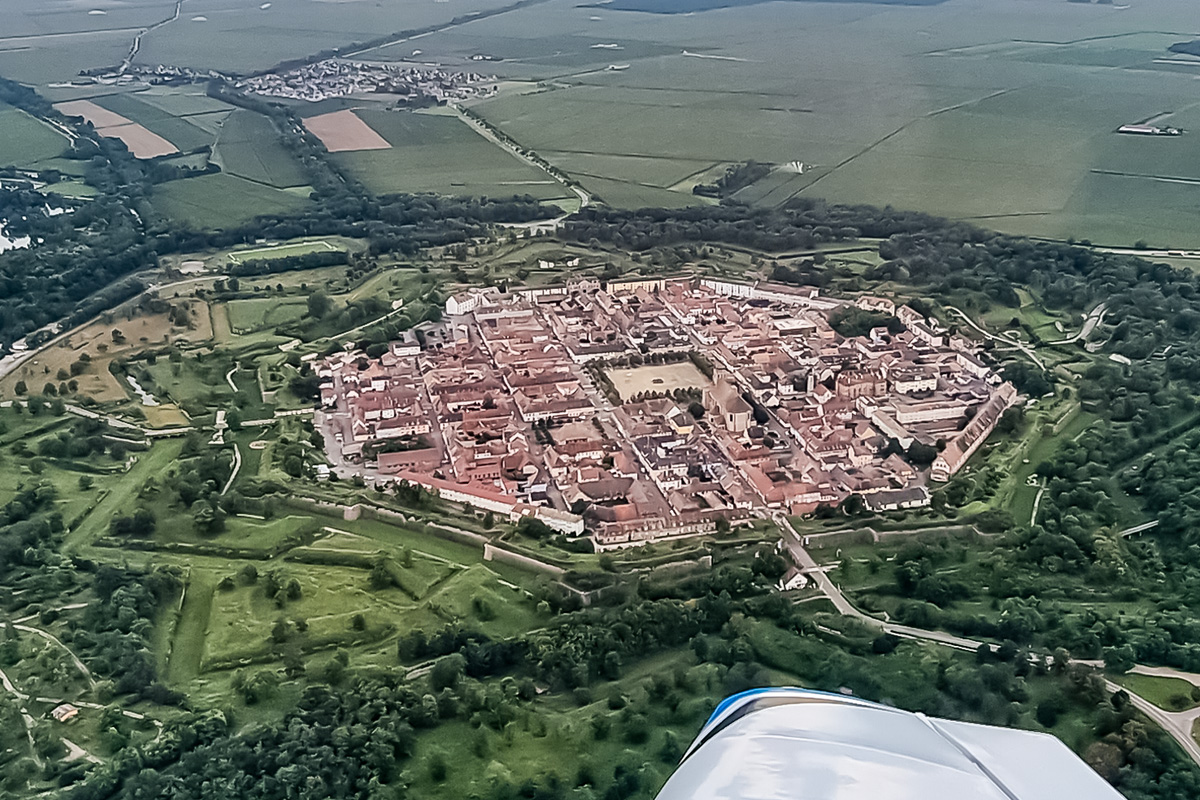
Located in Alsace, near Colmar and the Wine Route, this fortified town was built in 1699 under Louis XIV and is considered Vauban’s masterpiece. Classified as a UNESCO World Heritage site since 2008, it features a perfect star shape, moats, bastioned towers, and well-preserved defensive works. The Place d’Armes serves as the central point for exploring the history of this remarkable site.
68600 Neuf Brisach
(Image ©D. Röder)
3 Museum Vauban
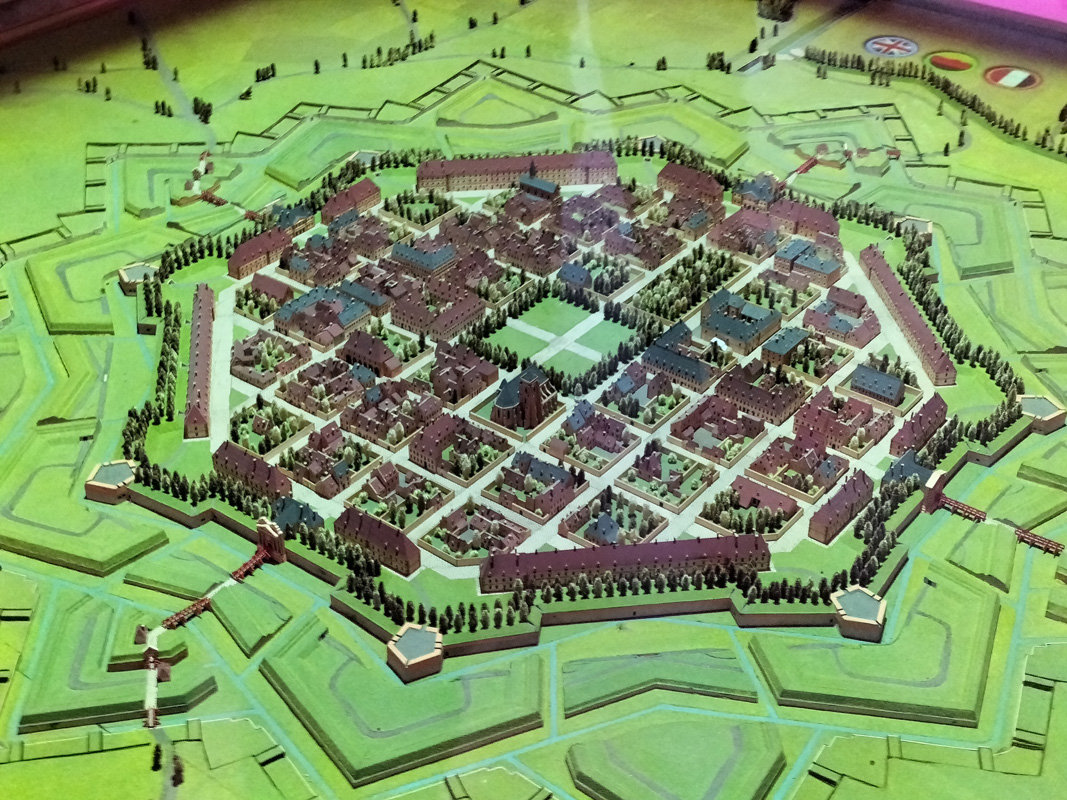
The renovation of the Vauban Museum in Neuf-Brisach completely redesigned the exhibition space. Collections are enhanced by video projections, lighting, and touchscreens. A photorealistic mapping animates a bust of Vauban, telling his story. A projection on the restored city model illustrates the construction and evolution of the fortifications. A second room displays objects, paintings, and interactive digital documents.
68600 Neuf Brisach
(Image ©F. Fessler-ADT)
4 Fort de Mutzig - Kaiser Wilhelm II Fortress
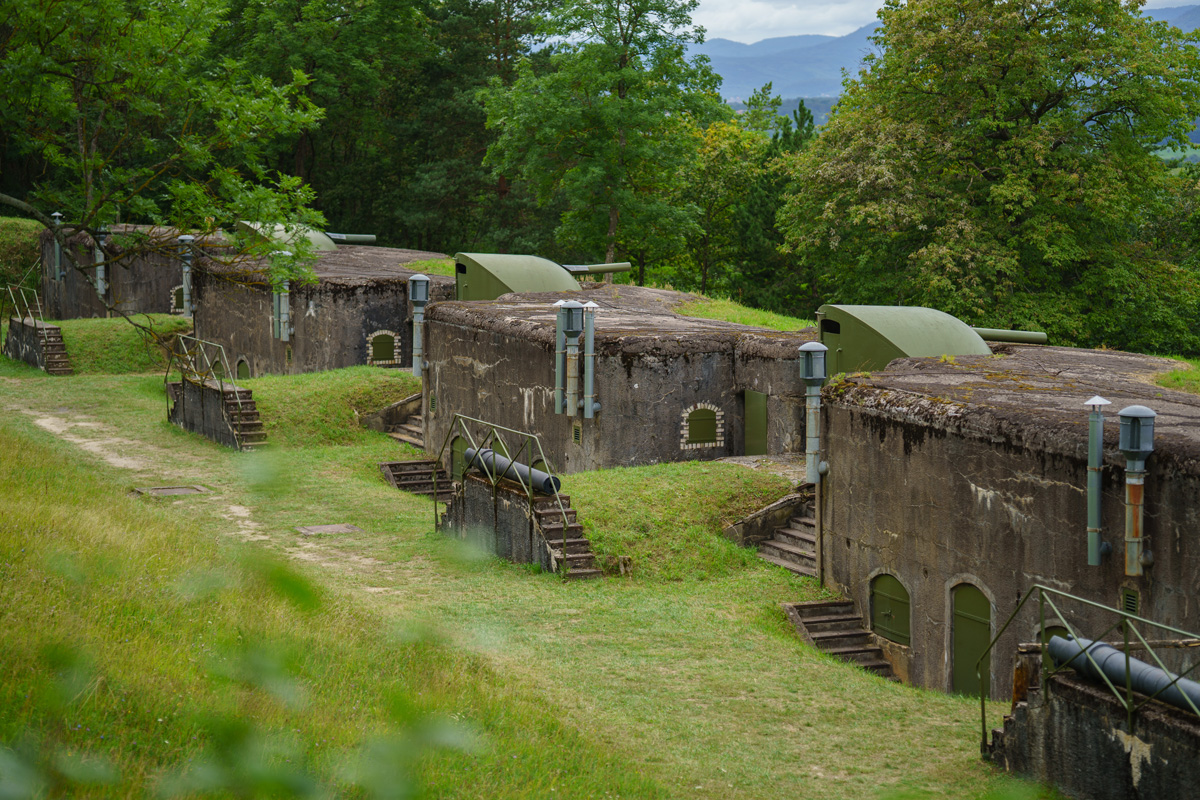
The Mutzig Fort, Europe’s largest fortress in 1914, was built by the German Empire from 1893. It had 22 armored turrets across 254 ha and housed 7,000 soldiers. Since 2014, the reconstructed "Namenstein" greets visitors. Overlooking the Bruche Valley, the site is now a symbol of peace and Franco-German reconciliation, with a unique military and architectural heritage.
67190 Dinsheim sur Bruche
www.fort-mutzig.eu
(Image ©B. Salmanski - ADT)
5 Fort Ducrot
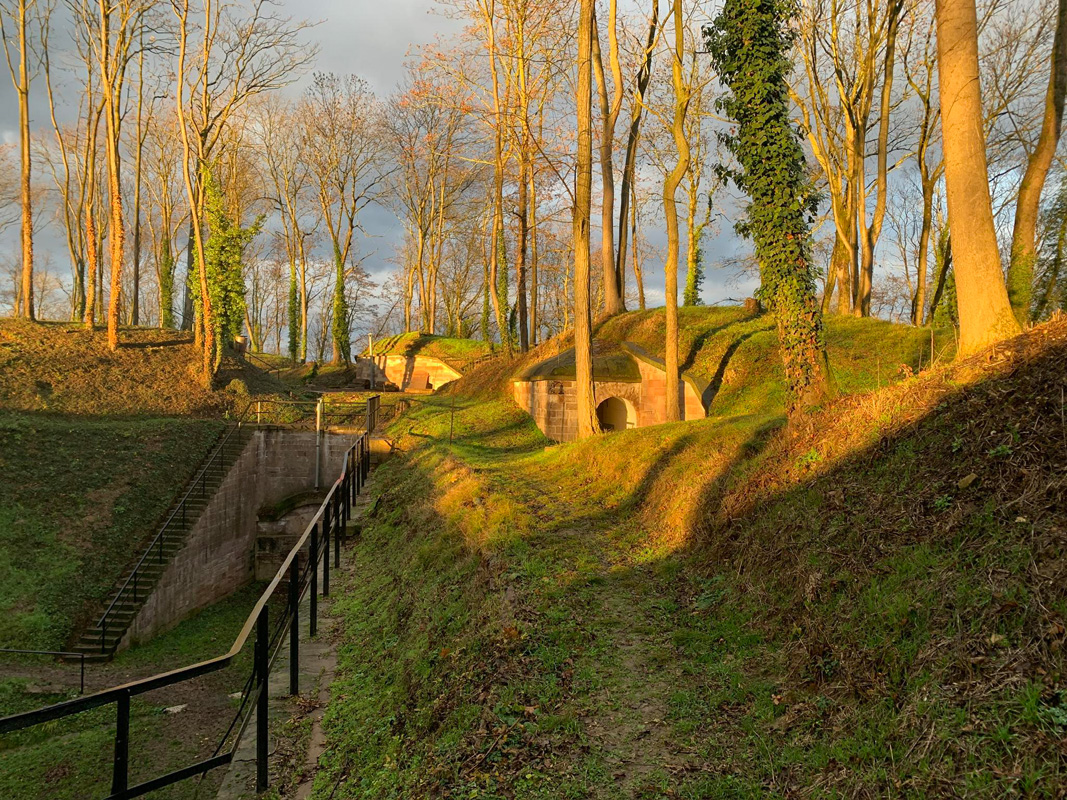
Mundolsheim features two forts built by the Germans after 1871: Fort Roon (Desaix) and Fort Podbielski (Ducrot). Built from 1879 to 1882 on a narrow ridge, Fort Podbielski has a unique layout in Strasbourg. Integrated into the Maginot Line before WWII, it served as headquarters for the 103rd Infantry Division. Renamed Ducrot after 1918 to honor General Auguste Ducrot. Regular tours offer insights into its turbulent history.
67450 Mundolsheim
www.fortpodbielski-ducrot-mundolsheim.fr/
(Image ©Fort Ducrot)
6 Strasbourg fortress belt
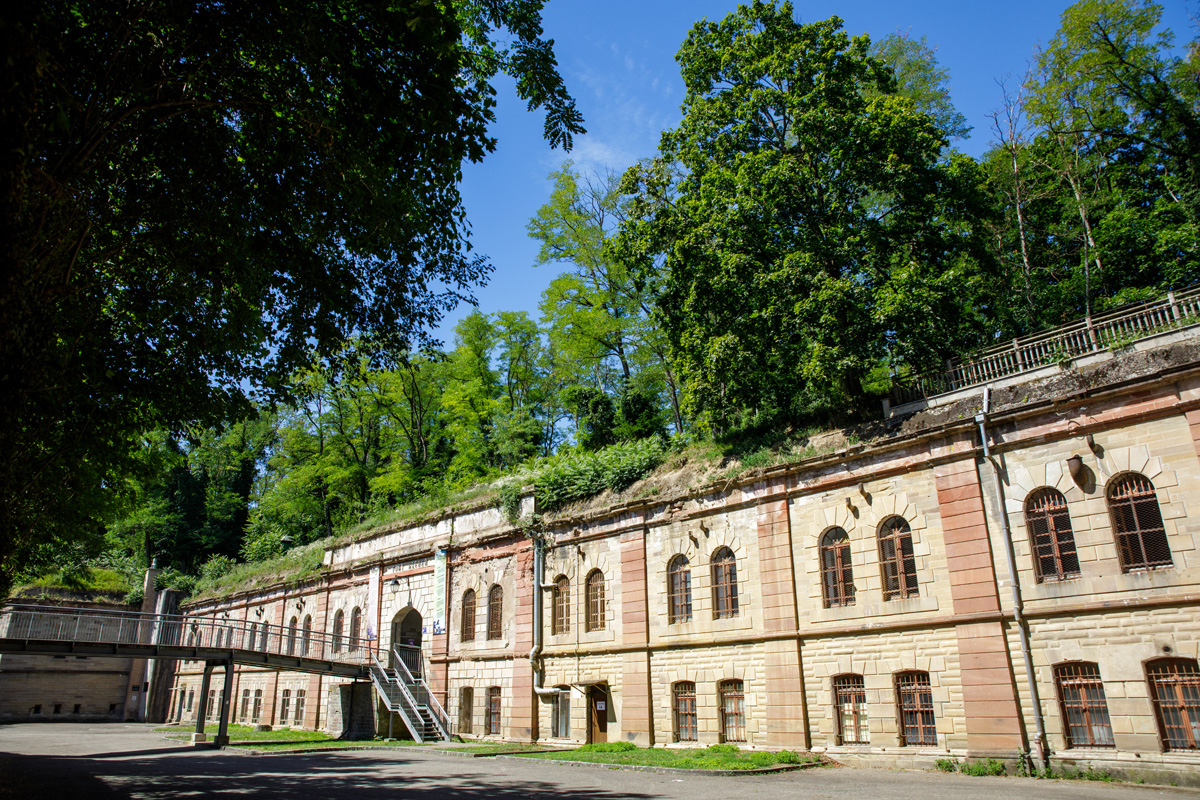
Around Strasbourg, old military forts recall a sometimes painful past. Forts Ducrot, Rapp, and Frère are open to visitors and full of surprises. From Hausbergen hill, enjoy a spectacular view over the Eurometropolis and Notre-Dame Cathedral. This route blends history and nature, revealing military works, varied landscapes, and the refreshing canals of Bruche, Marne-Rhine, and the Ill river.
67000 Eurométropole de Strasbourg
www.visit.alsace
(Image ©Philemon Henry)
7 The Geisberg
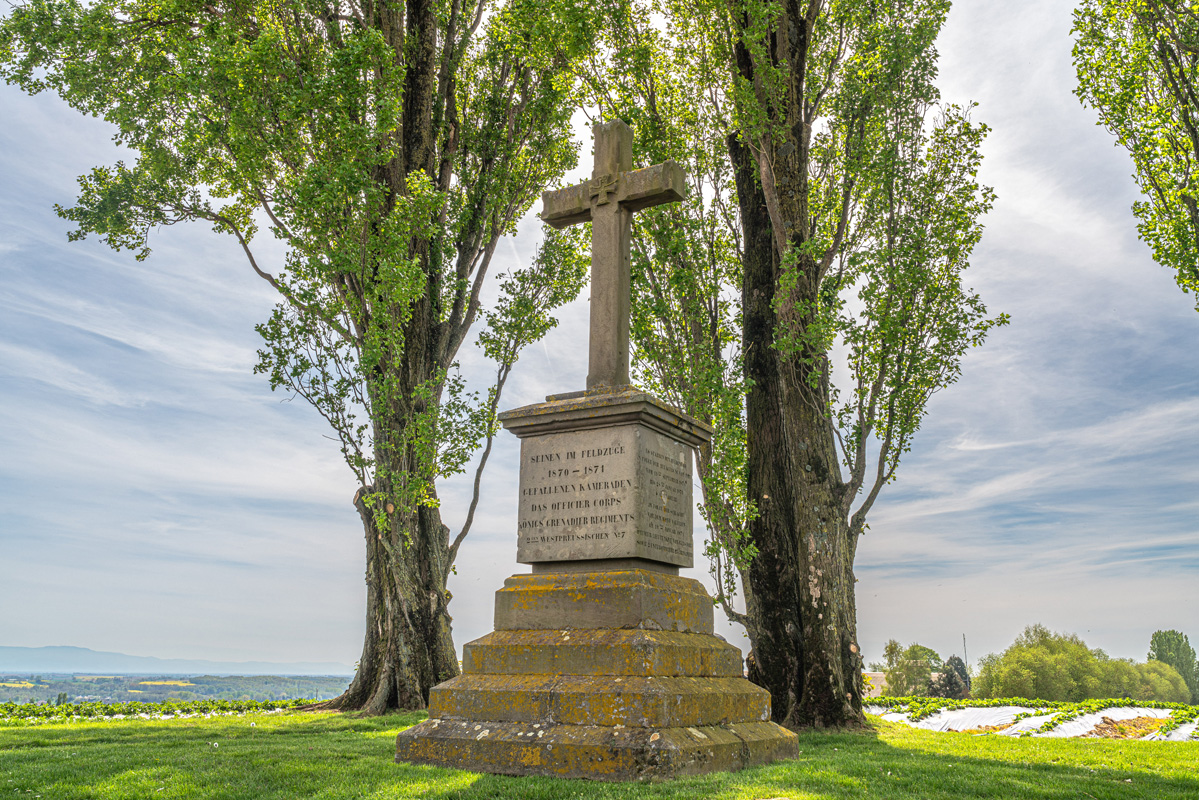
Geisberg Hill saw several battles, the most famous on August 4, 1870, when Prussian forces defeated General Abel Douay’s troops. This historic site, at 243 m altitude, offers a stunning view over Wissembourg and the Palatinate vineyards.
67160 Wissembourg
(Image ©Office de Tourisme de l'Alsace Verte)
8 Memorial to the Battle of 1870
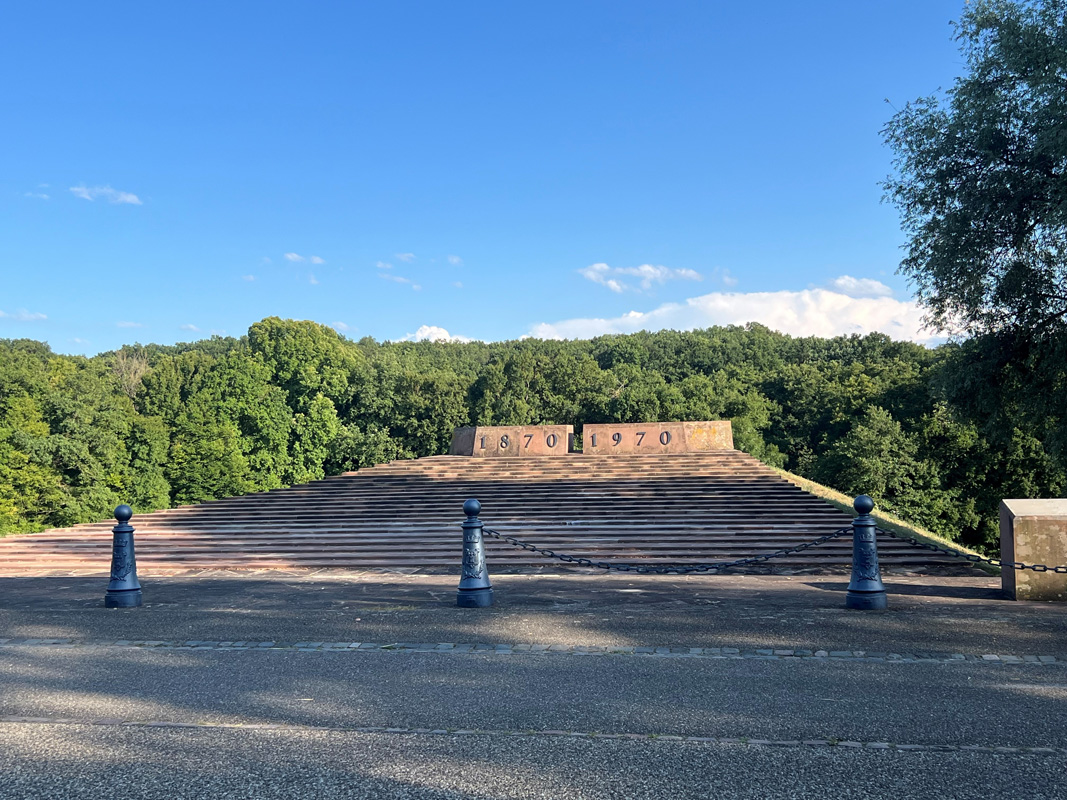
Known as the Battle of Reichshoffen, it took place on 6 August 1870 near Froeschwiller and Woerth. Famous for the French cavalry charges, it ended in a French defeat, opening the way to the Vosges and then Paris. Alsace and Lorraine were annexed to Germany for 48 years.
67110 Reichshoffen
www.reichshoffen.fr
(Image ©Office de Tourisme de l'Alsace Verte)
9 Museum of the Battle of 6 August 1870
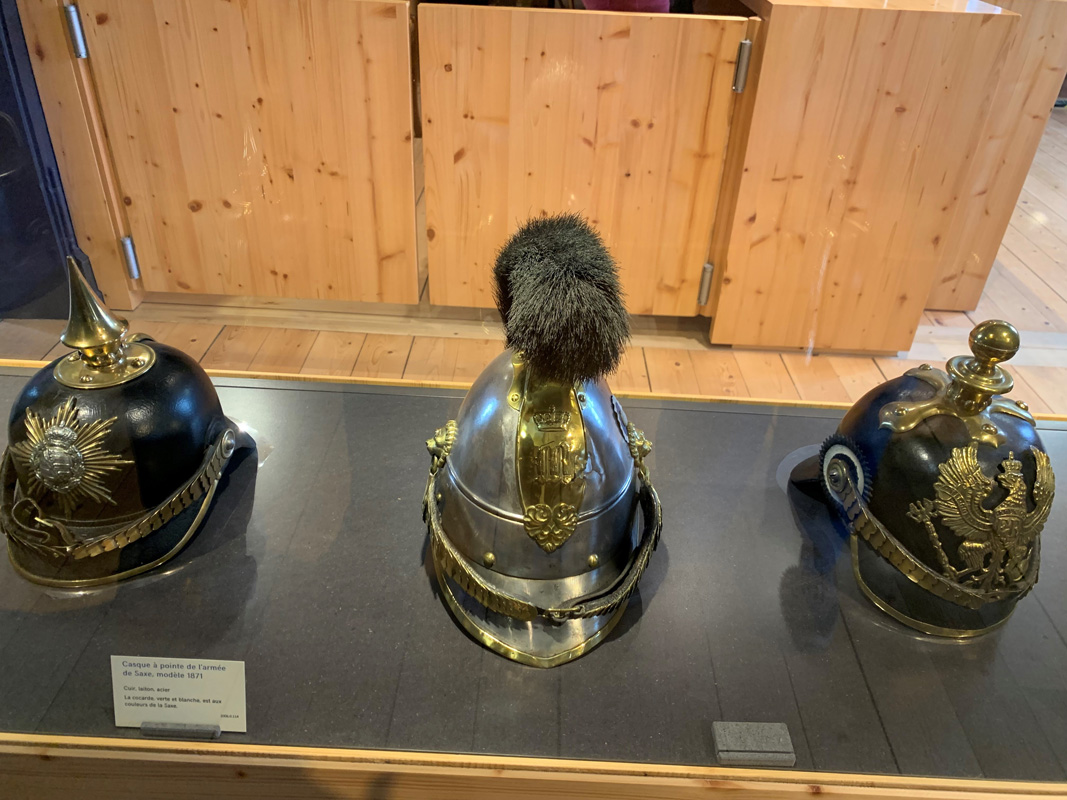
This museum focuses on the August 6, 1870 battle, known as Reichshoffen, Froeschwiller (France), or Woerth (Germany). Most objects were found on the battlefield and reflect the painful history. A diorama of over 4,000 tin soldiers depicts a key moment. Firearms, uniforms, and everyday soldier gear make up the core of the collection. The French defeat opened the road to Paris and led to the annexation of Alsace-Lorraine.
67360 Woerth
musee-1870-woerth.com
(Image © C. Million-Huncker - ADT
10 German military cemetery Hohrod-Bärenstal
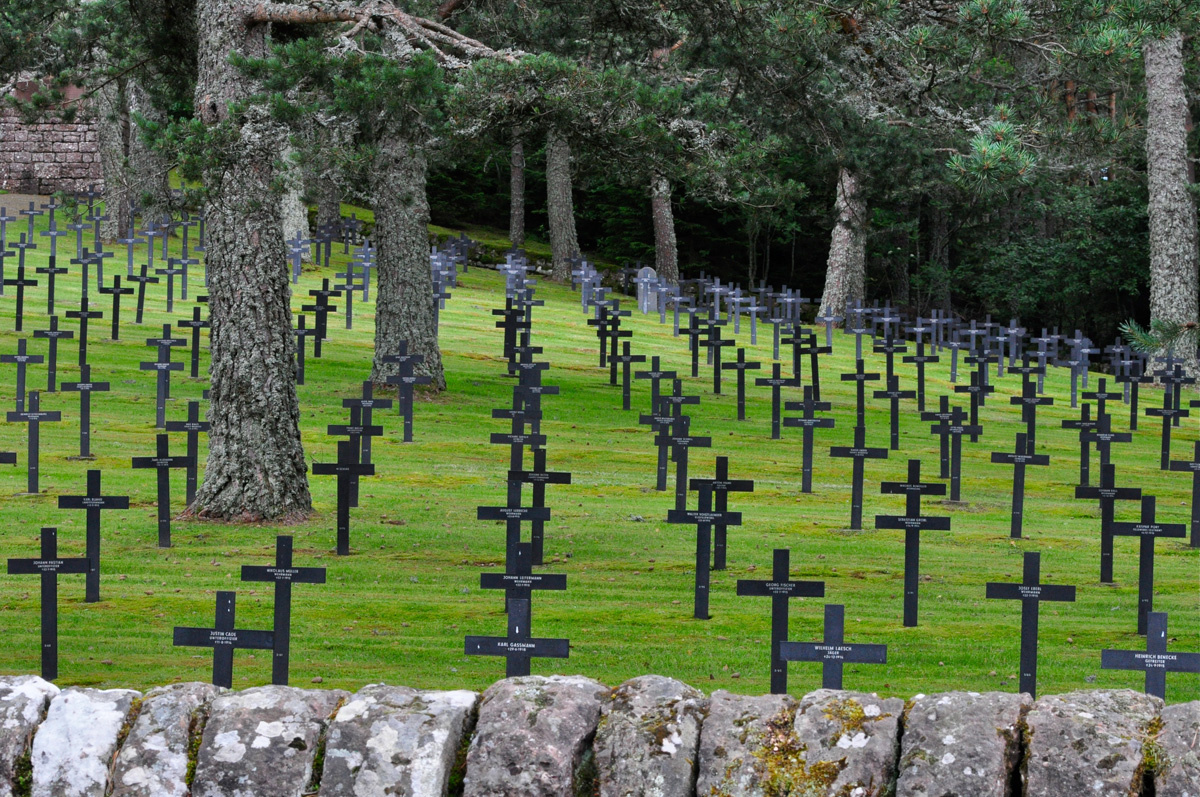
This regrouping cemetery, established by the French state after the war, faces the original 1916 German cemetery. It reflects the shared wish to bury fallen soldiers individually. Its uniqueness lies in the German monument erected during the conflict. Redesigned under the Franco-German agreement, the landscaped site is planted with Bavarian pines. Listed as a UNESCO World Heritage site.
68500 Hartmannswiller
(Image ©JL Delpal - ADT)
11 German military cemetery of the Uhlans
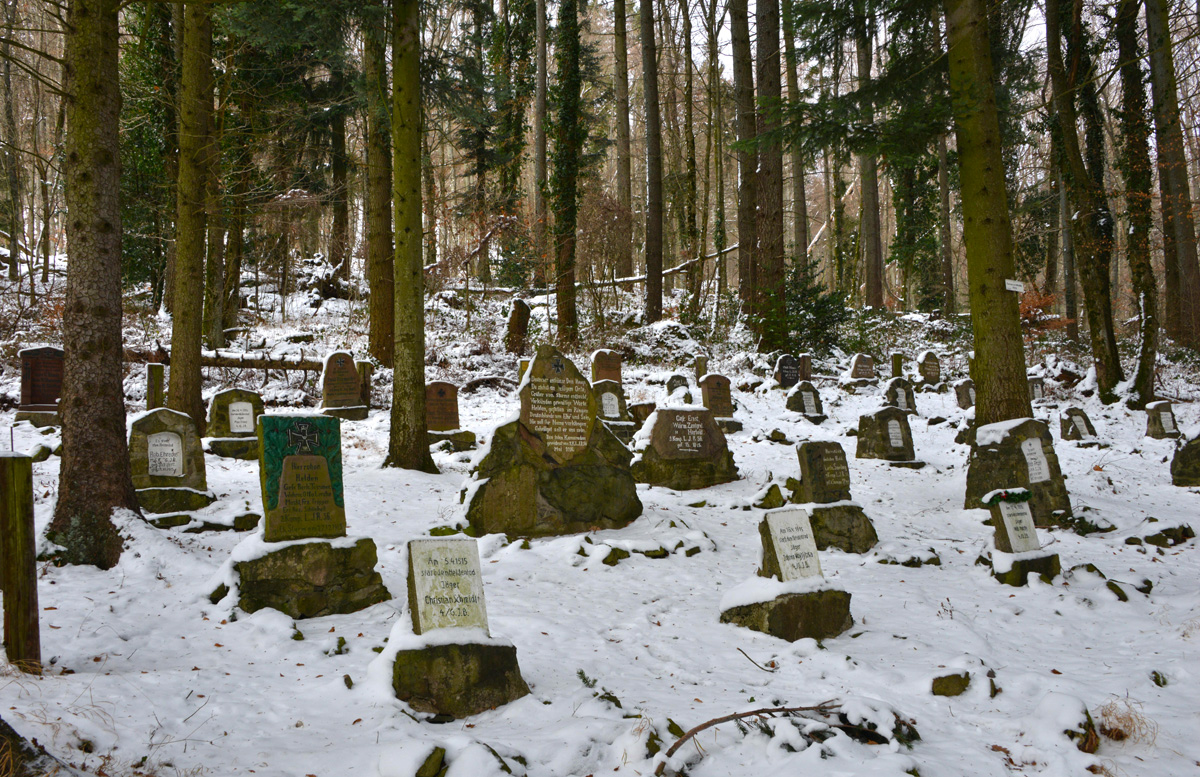
This German military cemetery from 1915, located in the forest near Hartmannswiller village, has 36 graves bordered by a stone wall. Its uniqueness lies in the two-sided wall, personalized graves, and engraved stones showing respect for the soldiers. A central monument bears a poem honoring the heroes. The site is listed as a UNESCO World Heritage site.
68370 Orbey
www.kaysersberg.com
(Image ©Thierry Ehret)
12 Military cemetery on the Wettstein
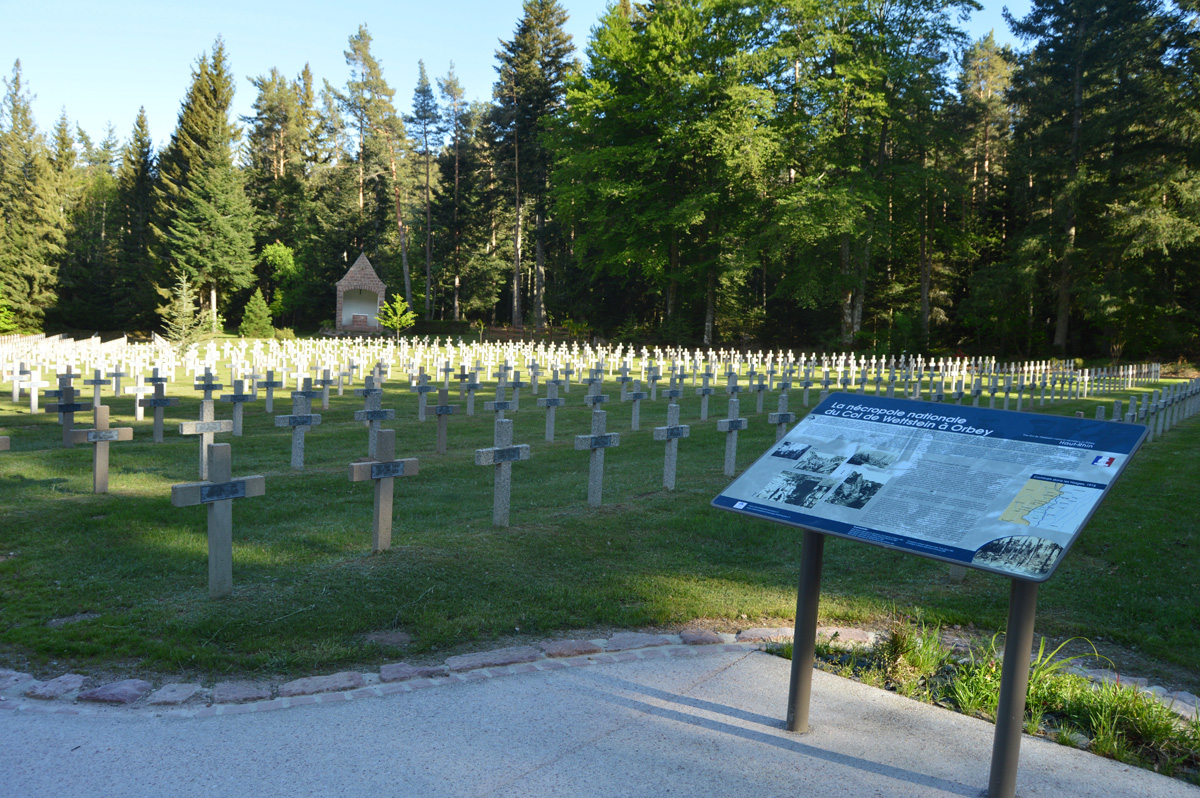
Located in a forest at 877 m altitude, this cemetery covers 9,902 m². It holds 3,538 French soldiers, including 2,171 graves and two ossuaries containing 1,288 bodies. After the war, it was designated a National Necropolis. At the far end stands a 13-meter granite cross, symbolizing the soldiers’ suffering and the gravity of their sacrifice.
68650 Lapoutroie
www.kaysersberg.com
(Image ©OTVKB)

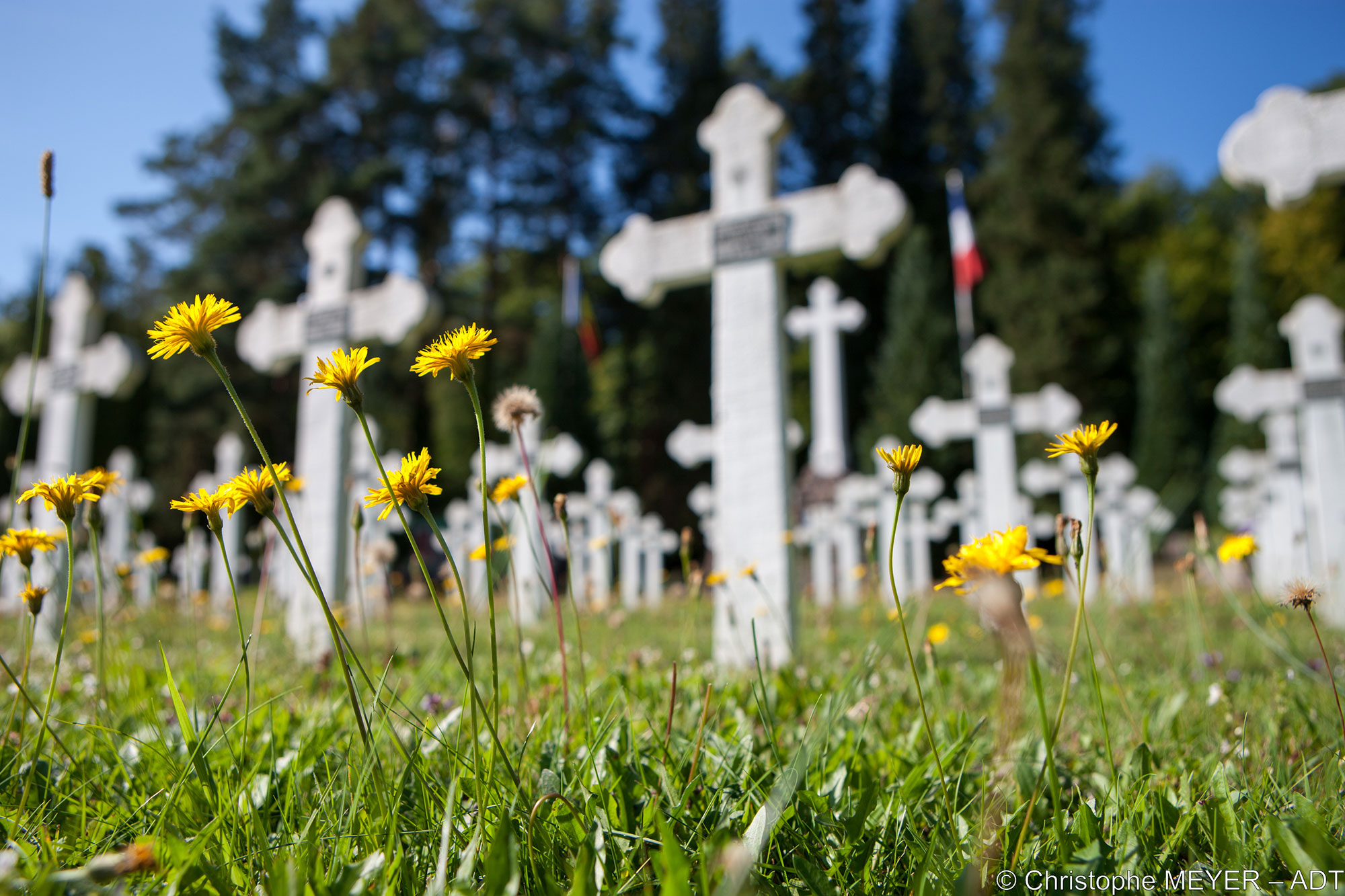
Schreibe einen Kommentar